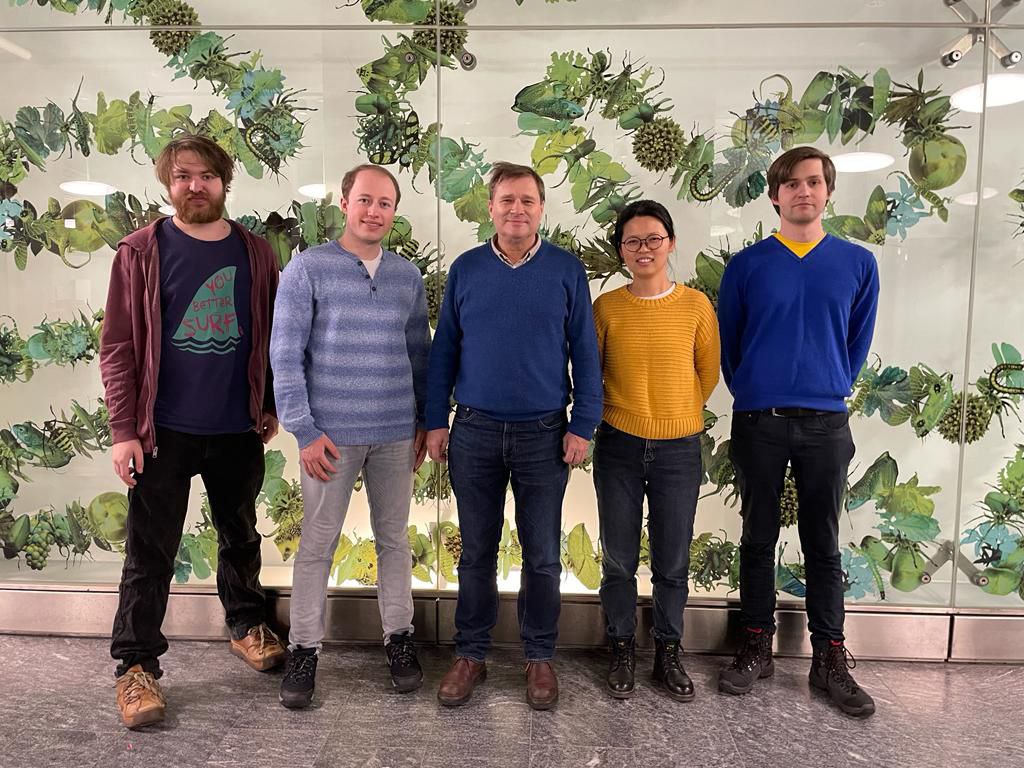Welcome to the website of Wesolowski research group.
Our research focusses on multi-level computer simulations of electronic structure. Multi-level refers here to replacing a more complicated
tasks of obtaining the complete electronic wave-function for a whole quantum mechanical system by a simpler one - obtaining the wave-function
representing only a selected part of the whole system (embedded wave-function). Such reformulation of the quantum mechanical problem involves
two types of challenges affecting the accuracy of the properties obtained in the simulations:
a) the choice of the descriptor for the part of the system not described be the embedded wave-function, and
b) the coupling between the chosen descriptor and the embedded wave-function.
The methods we are developing and using are based on Frozen-Density Embedding Theory (FDET) which we helped to formulate. FDET provides the basic relations between the embedded wave-function, the multiplicative embedding operator (embedding potential), the Hohenberg-Kohn energy functional, and an arbitrary chosen component of the total electron density. We study exact properties of density functionals used in FDET based methods and develop approximations for these functionals. Our applications of FDET based methods concern both ground- and excited state properties of molecules or atoms in solvents, liquids, (bio)molecular clusters, ionic solids, etc.
a) the choice of the descriptor for the part of the system not described be the embedded wave-function, and
b) the coupling between the chosen descriptor and the embedded wave-function.
The methods we are developing and using are based on Frozen-Density Embedding Theory (FDET) which we helped to formulate. FDET provides the basic relations between the embedded wave-function, the multiplicative embedding operator (embedding potential), the Hohenberg-Kohn energy functional, and an arbitrary chosen component of the total electron density. We study exact properties of density functionals used in FDET based methods and develop approximations for these functionals. Our applications of FDET based methods concern both ground- and excited state properties of molecules or atoms in solvents, liquids, (bio)molecular clusters, ionic solids, etc.

